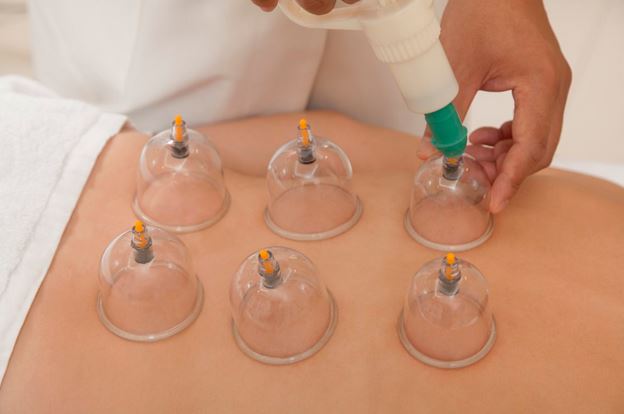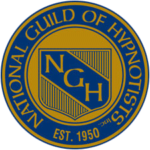
The Use of Wet Cupping for Persistent Nonspecific Low Back Pain: Randomized Controlled Clinical Trial.
Abstract
OBJECTIVES:
To evaluate the effectiveness and safety of wet cupping therapy as a single treatment for persistent nonspecific low back pain (PNSLBP).
DESIGN:
Randomized controlled trial comparing wet cupping versus no treatment in PNSLBP.
SETTING:
Outpatient clinic in three secondary care hospitals in Saudi Arabia.
PATIENTS:
Eighty eligible participants with PNSLBP for at least 3 months were randomly allocated to an intervention group (n=40) or to a control group (n=40).
INTERVENTIONS:
Six wet cupping sessions within 2 weeks, each of which were done at two bladder meridian (BL) acupuncture points among BL23, BL24, and BL25. Only acetaminophen was allowed as a rescue treatment in both groups.
OUTCOME MEASURES:
The Numeric Rating Scale (NRS), McGill Present Pain Intensity (PPI), and Oswestry Disability Questionnaire (ODQ) were used as outcome measures. Numbers of acetaminophen tablets taken were compared at 4 weeks from baseline. Adverse events were recorded.
RESULTS:
At the end of the intervention, statistically significant differences in the three outcome measures favoring the wet cupping group compared with the control group were seen: NRS score, 29.2 (95% confidence interval [CI], 24.6-33.8) versus 57.9 (95% CI, 53.3-62.6), respectively; PPI score, 1.17 (95% CI, 0.96-1.4) versus 2.3 (95% CI, 2.1- 2.7); and ODQ score, 19.6 (95% CI, 16.5-22.7) versus 35.4 (95% CI, 32.3-38.5) (p=0.0001). This improvement continued for another 2 weeks after the end of the intervention. Acetaminophen was used less in the wet cupping group, but this difference was not statistically significant. No adverse events were reported.
CONCLUSIONS:
Wet cupping is potentially effective in reducing pain and improving disability associated with PNSLBP at least for 2 weeks after the end of the wet cupping period. Placebo-controlled trials are needed.
Source: https://www.ncbi.nlm.nih.gov/pubmed/26069973







